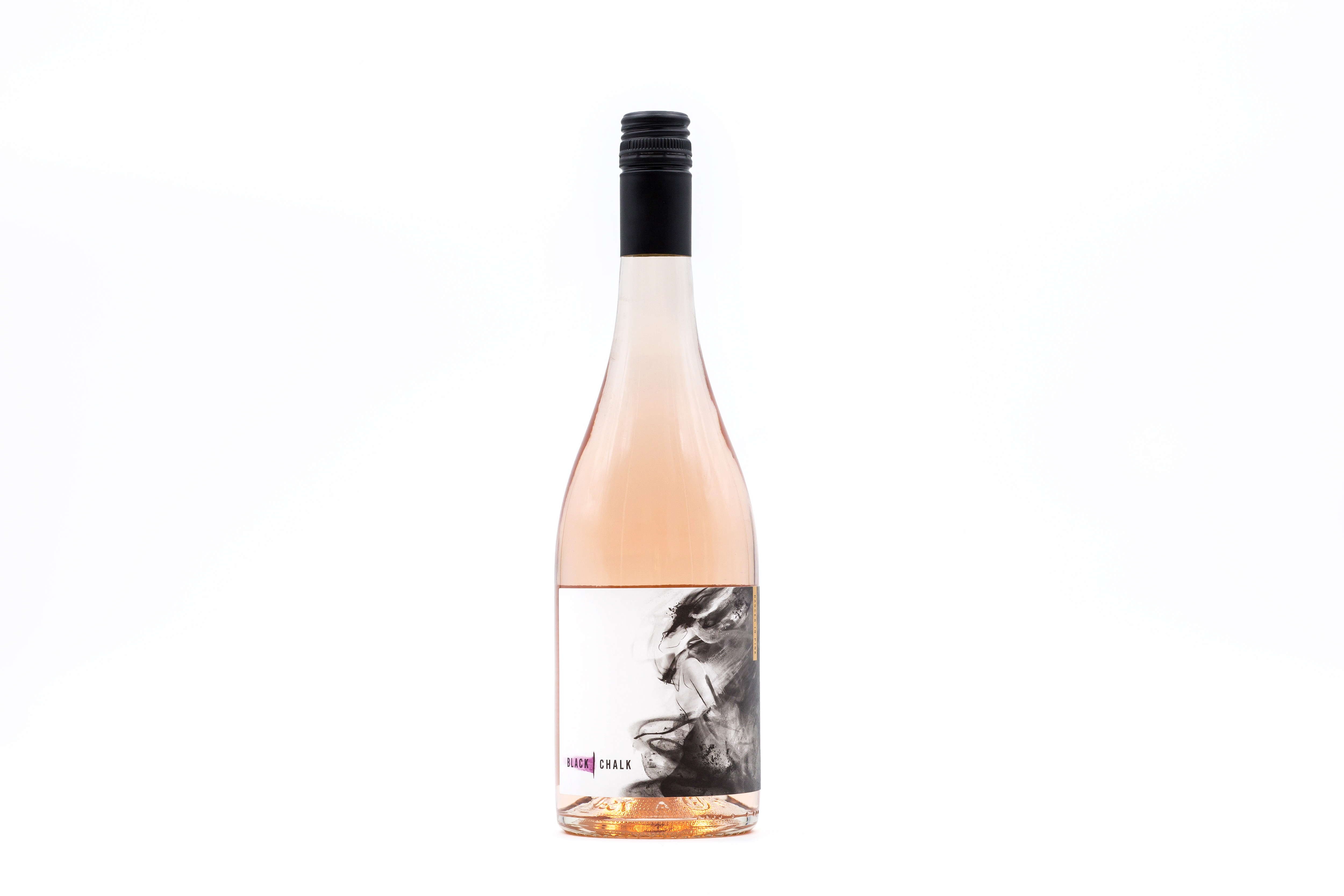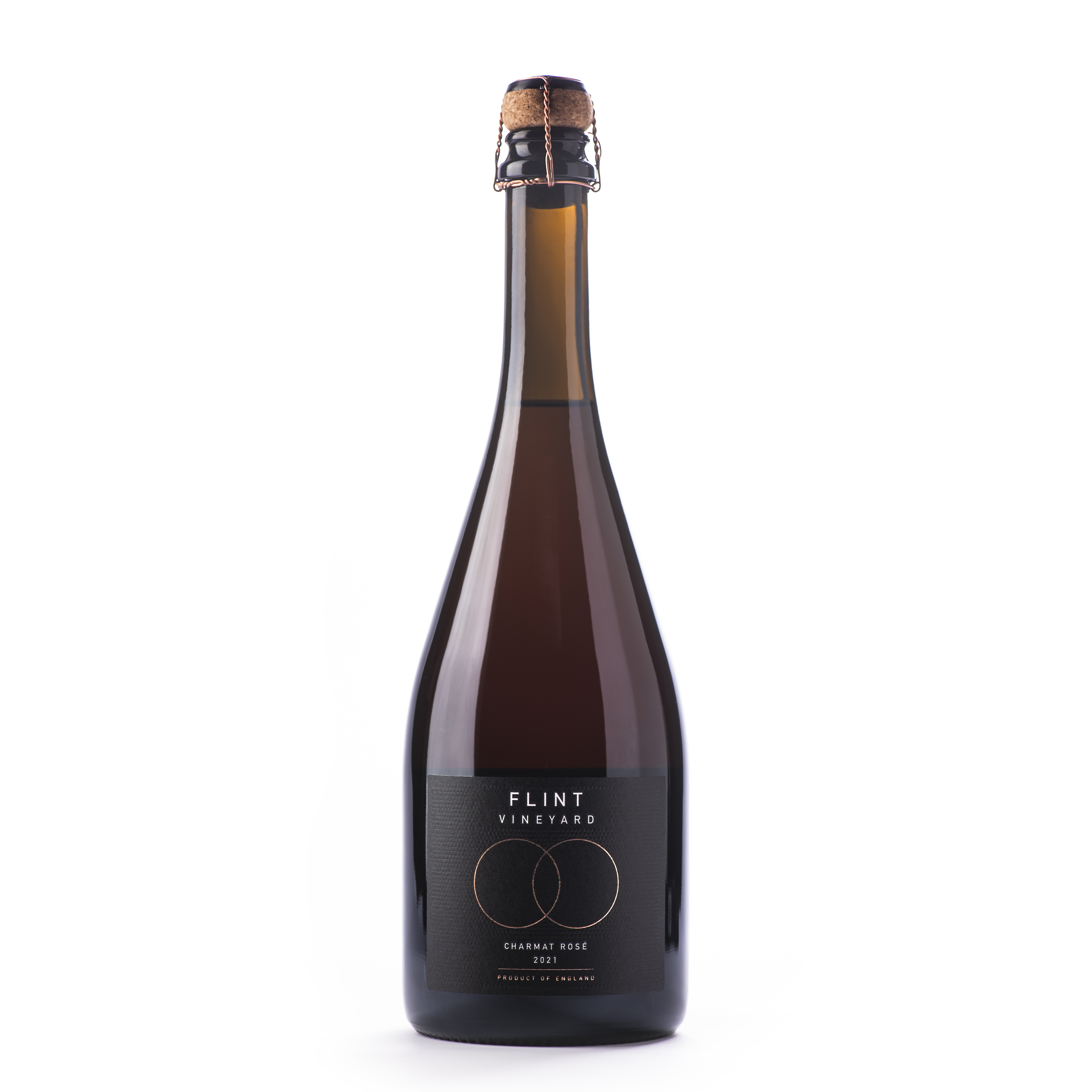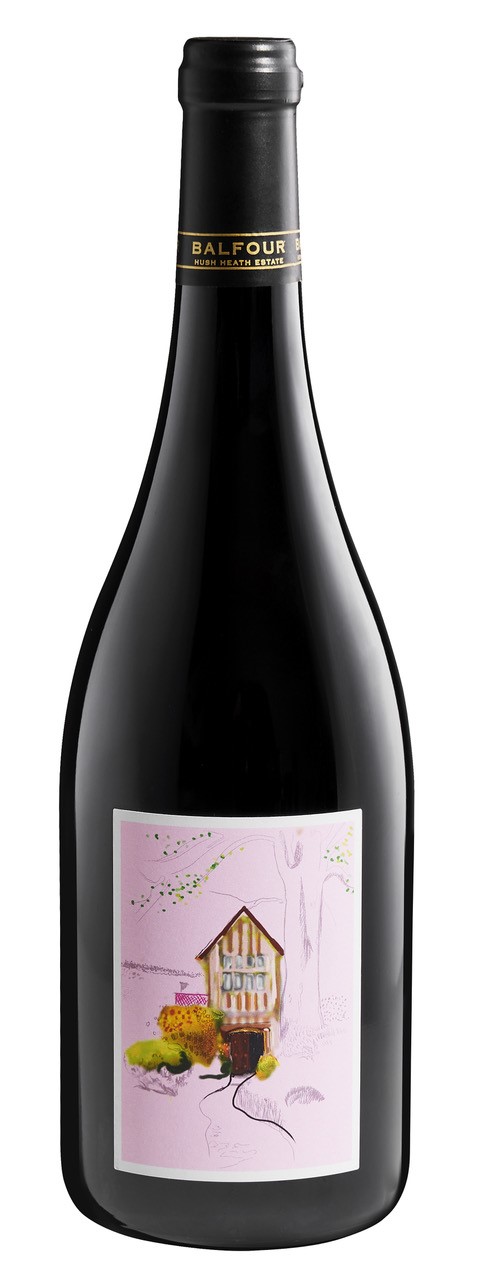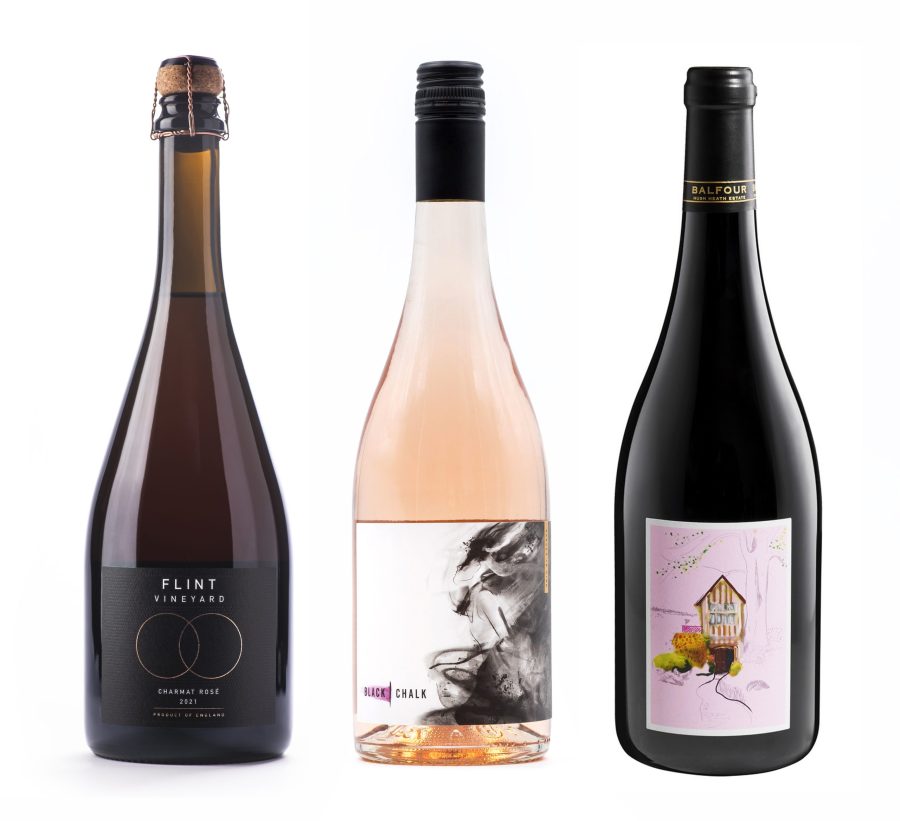What differentiates our elite still and sparkling rosé wines from others? Asks Matthew Jukes
The world is awash with rosé wines and we, in the UK, love them. The masses are seemingly mesmerised by the pale coral hues, straightforward flavours and the subliminal signal that summer will eventually turn up at some point.
From as early as January, until around this time of year, the cellars in Provence and beyond open their doors and extraordinary quantities of rosé cascade towards the UK. I taste hundreds of these wines each year, and the range in quality, from utterly dreary to genuinely impressive, is staggering.
Most wines that sell for less than a tenner are usually rather dull. Of course, random Spanish rosés, rare Italians, the odd Romanian and a couple of others stand the chance of sneaking into my reckoning, but these are usually anomalies. Between £10 and £20, everyone in Provence and beyond ought to be able to make meaningful and intentionally attractive wines, but few of these creations are based on Pinot Noir. From a sparkling point of view, over the last 20 years, I can count the number of Prosecco and Cava rosés I have written up in my Daily Mail column on one hand.
In the UK, it is rare to find rosés made from any other grape as Pinot generally forms the backbone, if not the whole of the wine. This is a hugely important factor in the future success of our homegrown pink wines. But there is more to this subject than just the grape varieties used. So, what differentiates our elite still and sparkling rosé wines from others?
Firstly, in the UK wine trade we are pretty experienced at tasting wines from all over the world and this is a vital weapon in our armoury. It means we are not bound by tradition, nor are we hampered by a global affliction known as ‘cellar palate’. Many winemakers worldwide, and in this instance, I am focussed on rosé specialists, haven’t a clue what is made down the road, let alone in different regions or other countries. This gives us Brits an edge and the freedom to express ourselves fully in our wines.
We also possess a degree of cool confidence and enviable bravery when we are shooting for the stars. We try to make our wines perform at the highest possible level, and that includes our still and sparkling rosés. Our unique microclimates give our wines lovely natural acidity from which we can hang delicate fruit notes.
Our wines have naturally low alcohol levels and genuinely haunting and complex flavours on the nose and palate. There are plenty of Southern French rosés that struggle to stay under 14% alcohol, whereas ours tiptoe around the 12%-mark. Our competitors would bite our hands off for naturally low alcohol and high acidity rosés as well as the accompanying elegant perfumes and flavours. Warm climate rosé production is not straightforward and few estates manage to tick a couple of these boxes, and they rarely manage to achieve all four.
So, this year, let’s support our fabulous rosé experts, understanding that these wines are seriously highbrow, gastronomically accurate, genuinely authentic and based on the noblest red grape of all, Pinot Noir.
2021 Black Chalk, Dancer in Pink Rosé £19.00
and coming soon to
I feel that 2021 Dancer in Pink is set to become one of the most sought after still rosés in the UK (and hopefully beyond) this year.
Made from three Pinots – 45% Noir, 39% Precoce and 16% Gris, the Precoce and Gris were co-fermented while the Noir was left to hang for longer than usual on the vine and then blended with the others before malolactic fermentation. The results are nothing short of mesmerising. Not only is the perfume sensational, bursting with hedgerow fruit and rose petals, and the palate is gossamer-smooth, but the finish is also equally thrilling. Bone dry, crisp and palate scouring, this epic ending allows the fruit to billow and impress.

2021 Flint Vineyard, Charmat Rosé £24.99
www.flintvineyard.com
and coming soon to
There is no doubt that Pinot leads the charge on the nose and palate in this spectacular, recently-released sparkler. Still, it is a genuine surprise to discover that the recipe is 25% Pinot Noir, 20% Rondo, 15% Solaris, 15% Reichensteiner, 15 % Bacchus and 10% Cabernet Cortis.
Talk about complicated, but the imagination, effort, and blending skill here are worth it because the perfume and flavour are sublime and couldn’t come from anywhere else on earth.
The Solaris and Reichensteiner see a touch of old oak that pads out the middle, but this wine is all about the indulgent summer pudding notes, lip-smacking juiciness, and grippy finish. The counterpoint between perfume, flesh and drama makes this such a successful wine, and it is impossible to recreate this experience overseas.

2020 Balfour, Winemakers’ Collection Mary Rose £40.00
www.balfourwinery.com
The Winemakers’ Collection wines from Balfour are limited-production, esoteric, no holds barred curios and winemakers Owen and Fergus Elias let their imagination fly when they put them together.
My pick of the latest trio, sporting eye-catching, whimsical labels by Henry Hudson, is this statuesque rosé. I have never tasted anything like this rigid, upright and commanding wine.
Super-dry, incredibly brittle and cleansing, and blessed with a refined rosehip and red cherry flavour, this is a connoisseur’s (or Pinot-nerd’s) treat because there is so much to discover here.
The carefully considered oak treatment (four months in two French and one American barrel) coupled with the razor-sharp acidity allows this Pinot dream to slice through complex dishes, and its repertoire is immense. While Balfour suggests cheese, I assure you I have not tasted a finer wine with steak tartare in years.

This story was taken from the latest issue of Vineyard. For more up-to-date and in-depth reports for winemakers and growers in Great Britain, read our latest issue here and subscribe here.




